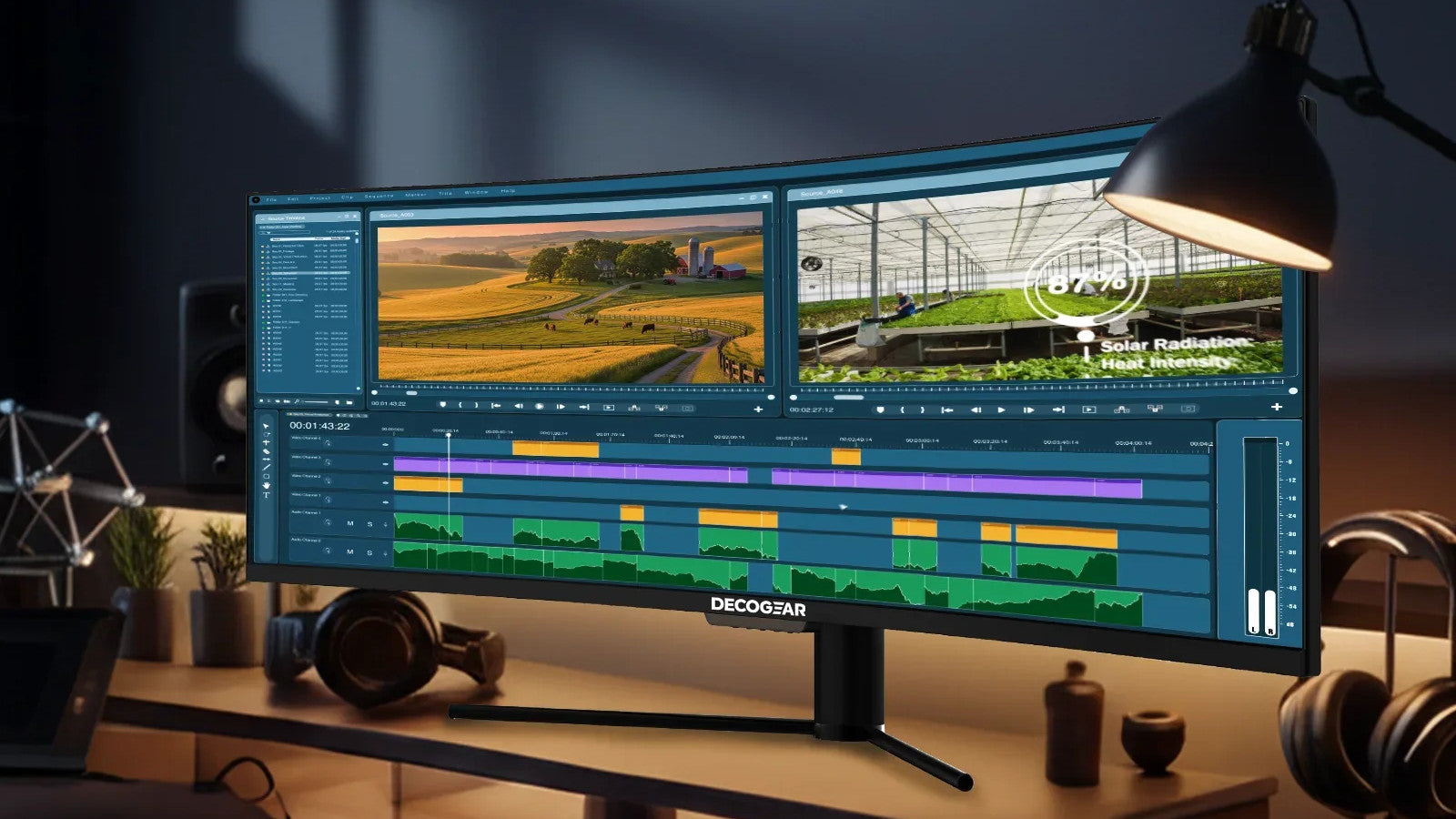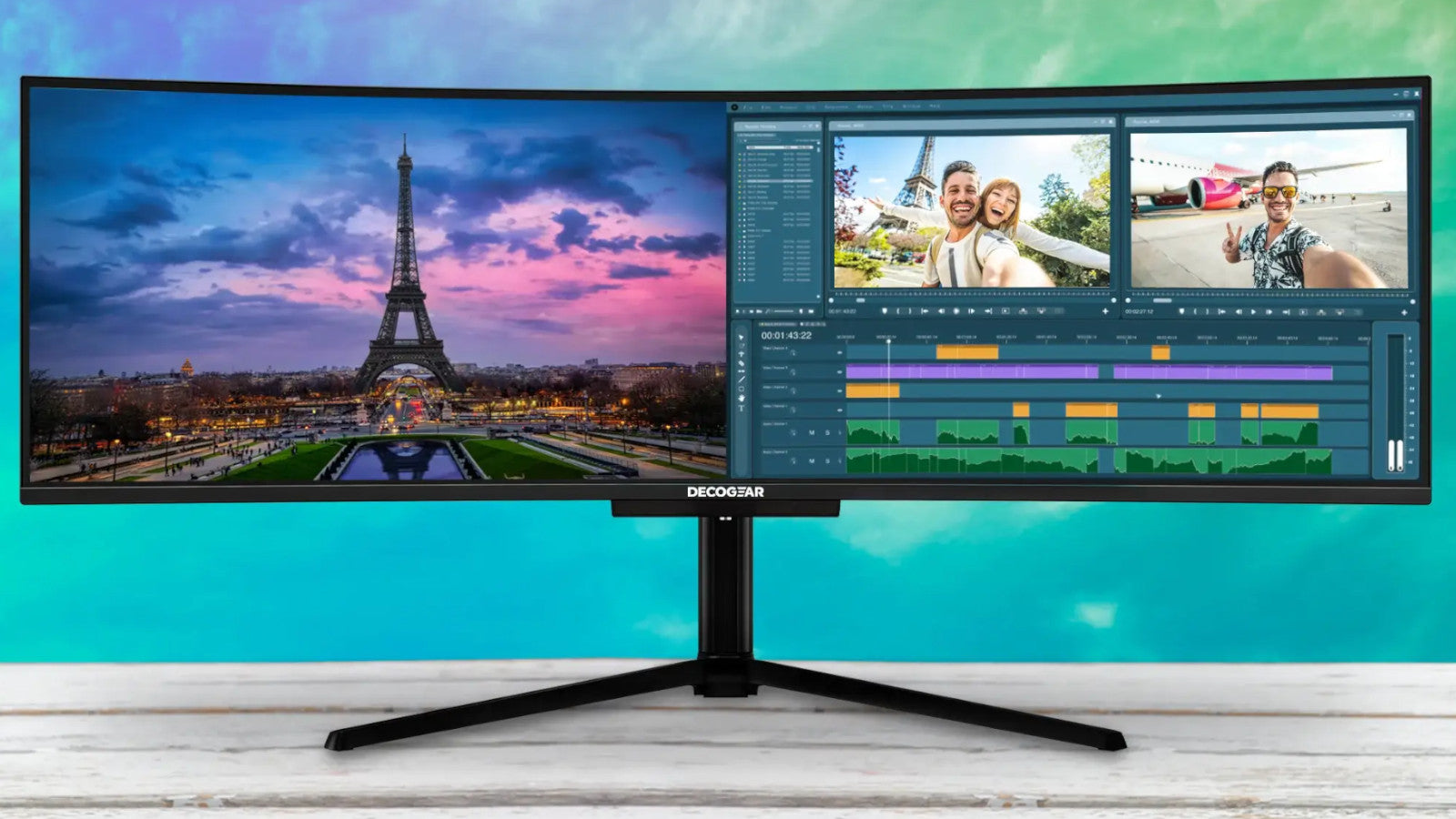If you're curious about what is an FHD monitor, you're in the right place. Full HD, often abbreviated as FHD, stands for a resolution of 1920 x 1080 pixels. This pixel count results in vibrant colors and sharp images, making FHD monitors a popular choice for a variety of tasks. Whether you're gaming, streaming, or working on graphic design, knowing the FHD meaning can help you make informed decisions about your display needs.
Defining Full HD Monitors: What is an FHD Monitor?
A Full HD monitor, or FHD monitor, is defined by its resolution of 1920 x 1080 pixels. This resolution offers clear and detailed visuals, suitable for a wide range of activities. Compared to the older HD standard of 1280 x 720 pixels, FHD provides a noticeable improvement in image clarity and sharpness. The increased pixel density of FHD monitors creates a more immersive viewing experience, perfect for both casual users and professionals.
When considering what is a FHD monitor in comparison to other resolutions, it's useful to note the differences with QHD (2560 x 1440 pixels) and UHD (3840 x 2160 pixels, also known as 4K). While FHD is great for everyday tasks like browsing and office work, higher resolutions like QHD and UHD may be more suitable for gaming or video editing, where enhanced detail is beneficial. FHD monitors are versatile and can be found in home entertainment setups, offices, and schools, offering an excellent balance of quality and performance.

The Advantages of FHD Monitors
FHD monitors deliver a remarkable viewing experience with enhanced image clarity and detail. The 1920 x 1080 pixel resolution ensures that images and text appear crisp and vibrant, enhancing tasks such as graphic design, photo editing, and web browsing. The sharpness of an FHD display makes for a more engaging and enjoyable experience.
Beyond image quality, FHD monitors significantly enhance gaming and multimedia experiences. Gamers benefit from rich graphics and smooth gameplay, thanks to the high resolution that brings virtual environments to life. Watching movies or streaming videos on an FHD monitor offers vibrant colors and stunning details, making every scene captivating.
One of the key advantages of FHD monitors is their affordability. As technology advances, these monitors have become more budget-friendly, making them accessible to a wide audience. Whether for students, professionals, or casual users, FHD monitors provide quality performance at a reasonable price.
Comparing FHD to Other Resolutions
When evaluating FHD monitors against higher resolutions like QHD and UHD, the primary distinction lies in pixel count. FHD offers a resolution of 1920 x 1080 pixels, whereas QHD increases to 2560 x 1440, and UHD elevates to 3840 x 2160. This increase in pixel density results in sharper images, which can be particularly beneficial for graphic design, video editing, and gaming.
Choosing FHD over higher resolutions can be advantageous depending on your needs. For everyday use such as browsing, office applications, or streaming standard content, FHD provides a satisfactory experience without the higher power consumption of greater resolutions. Additionally, FHD monitors are generally more cost-effective, making them a smart choice for budget-conscious consumers seeking quality and performance.
FHD monitors strike a great balance between productivity and entertainment. They deliver crisp visuals that enhance gaming and movie-watching experiences without taxing your system's graphics capabilities. For professionals juggling multiple applications, an FHD monitor offers ample screen space for multitasking without the hardware demands of higher resolutions, making FHD a practical choice for many users.

Choosing the Right FHD Monitor for You
When selecting the perfect Full HD monitor, several key features should be considered. The refresh rate is crucial, as it determines how many frames per second the monitor can display. For general tasks like browsing and office work, a 60Hz refresh rate is typically adequate. However, if gaming is your focus, a higher refresh rate, such as 144Hz, is preferable for smoother gameplay.
The type of panel is another important feature. Common types include IPS, TN, and VA panels. IPS panels offer better color accuracy and wider viewing angles, making them ideal for creative work. TN panels are preferred by gamers for their faster response times, while VA panels provide excellent contrast ratios, great for watching movies.
Consider your setup needs when choosing a monitor. For a home office, features like adjustable stands, blue light filters, and ergonomic designs enhance comfort during long hours. Gamers should prioritize high refresh rates, low response times, and adaptive sync technology to optimize the gaming experience.
Understanding connectivity options is also vital. Common ports include HDMI and DisplayPort. HDMI is widely used for connecting to various devices, while DisplayPort is preferred for PC gaming due to its support for higher refresh rates and resolutions. Ensure the monitor you choose has the right ports to match your devices, allowing for seamless connectivity.



Share:
OLED vs IPS: Decoding the Display Dilemma